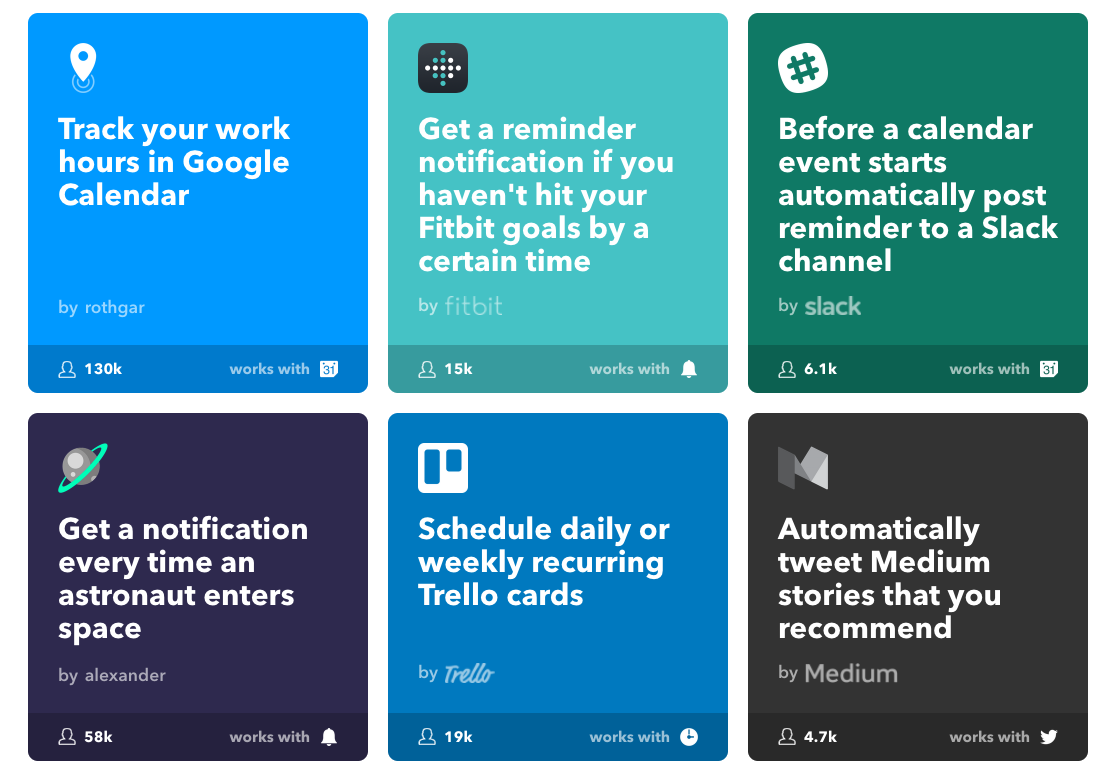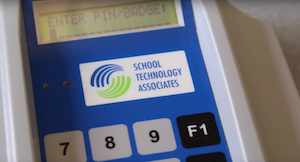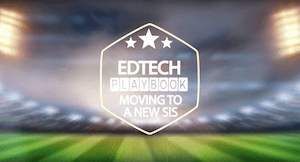
Google “ways to use smartphones in a school district” and you’ll instantly receive approximately 9,190,000 results. To save you some time and help you get more out of your device, we’ve created a list just for administrators with 3 smartphone uses you may be able to try today.
1) Automated Notifications
Chances are, you already get emails on your phone; that’s nothing innovative. But setting up automated messages can be a new twist on an oft-used practice. Administrators at Georgia's Forsyth County Schools set up their backup generator to trigger an automated email to the school facilities administrators. The moment the generator turns on, the staff receive the email alert and know there’s a problem that requires attention.
The district also integrated their building phones with administrators’ smartphones, so if someone calls 911 within the school, administrators immediately receive a notification, complete with the location where the call was placed.
 You can set up similar notifications in alignment with the information you deem urgent. Perhaps you’d like to be notified when a voicemail is left on your office phone or when you’ve reached a benchmark on a data point you’re tracking. Most anything is possible once you know what you're looking for.
You can set up similar notifications in alignment with the information you deem urgent. Perhaps you’d like to be notified when a voicemail is left on your office phone or when you’ve reached a benchmark on a data point you’re tracking. Most anything is possible once you know what you're looking for. Around the office, one of our favorite tools for customized notifications is IFTTT (If This Then That). The sheer power of integration with apps you use every day can turn your smart phone into a beacon of infinite possibilties.
2) Approvals
Have you ever heard of the 2-minute rule? It’s a productivity hack coined by David Allen, and it goes like this: If you can do something in less than 2 minutes, do it now.
If your daily responsibilities include approving things, you may not even be aware that there's an app for that.
We don’t typically like to drop product plugs in this space, but it's hard to pass up a great example: With Skyward’s ERP mobile app, you can approve or deny time-off requests, timesheets, purchasing requests, and expense reimbursements with a single tap. Plus, push notifications ensure that important approval requests stay top-of-mind.

The benefit of smartphone approval integration is twofold. First, you can clear up the bottlenecks that often form when items are waiting in the queue and reduce turnaround times. Second, you can remove that much more clutter from your inbox thanks to the push notification feature available in some of the stronger ERP solutions on the market.
3) Google Forms
The Google Suite has become prevalent at all levels of school district operations. One of the most underutilized features is Google Forms. This online tool allows you to create and analyze surveys in any location with internet access. It’s perfect for principals who want to create classroom evaluation and observation documents. When you walk into a classroom, simply pull up the document on your phone and you’re fully equipped to carry out a thorough review – no additional supplies or devices required.
These surveys are easy to share with other administrators or your HR team for viewing or editing. They also save space because they’re stored in the cloud. Plus, you know you won’t forget them, since you can access them from your phone.
Forms can also be useful for creating sign-up documents. You could set up a form requesting information from your staff, conduct on-the-fly surveys with parents, or even solicit recommendations for future purchasing needs. You can customize the form to close to new entries once you’ve reached a desired number of volunteers. Sharing forms is simple; send them via email, share the link, or even embed the HTML on your website! Since staff and parents can fill out the forms from their mobile devices at any time, you’re likely to get more (and quicker) responses.
Bonus: 4) Disconnect!
While the benefits of technology are plentiful, there’s something to be said for putting it away from time to time. By disconnecting, you can connect with your students and staff on a deeper level and foster important relationships that make everyone feel valued.
Any change in a district, be it procedural or technological, starts with strong leadership. By using efficient, forward-thinking tools and techniques, you can be a model of the culture you hope to build districtwide.
Learn more about going mobile districtwide by reading our white paper, When is a Phone not Just a Phone?
WHAT'S NEXT FOR YOUR EDTECH? The right combo of tools & support retains staff and serves students better. We'd love to help. Visit skyward.com/get-started to learn more.

|
Lauren Gilchrist Blogger, Traveler, and Video Talent |
Lauren enjoys visiting school districts and spreading the word about creative, non-traditional approaches to universal challenges. Follow her for on-the-scene education journalism (with a little fun sprinkled in).




